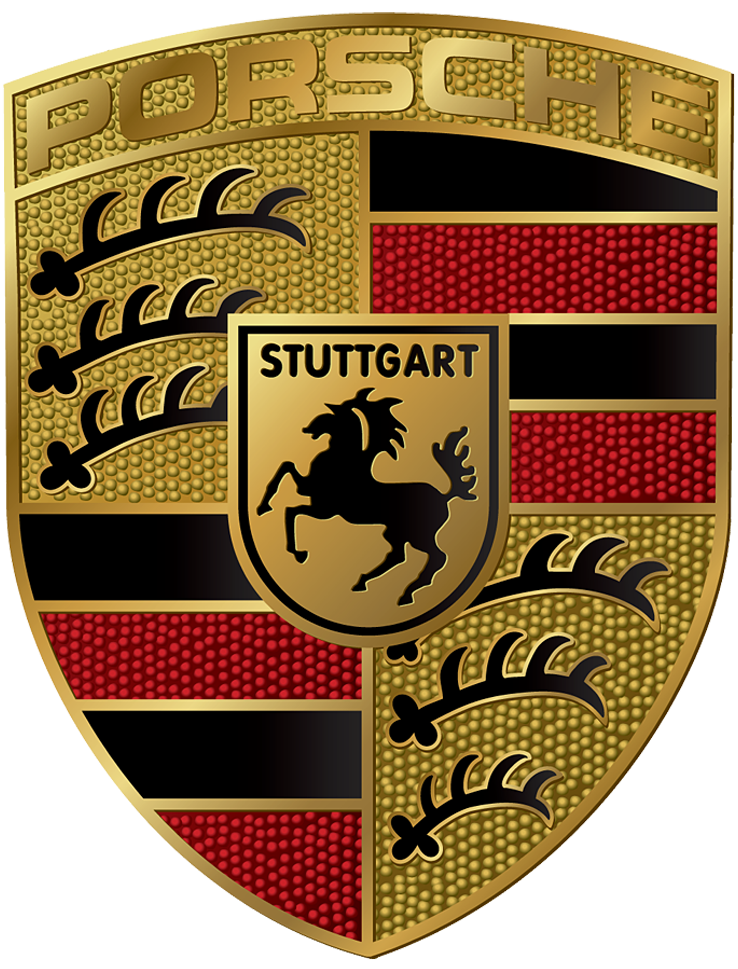No, the Ferrari and Porsche Logos Don’t Share the Same Horse
Are they connected? It depends who you ask.
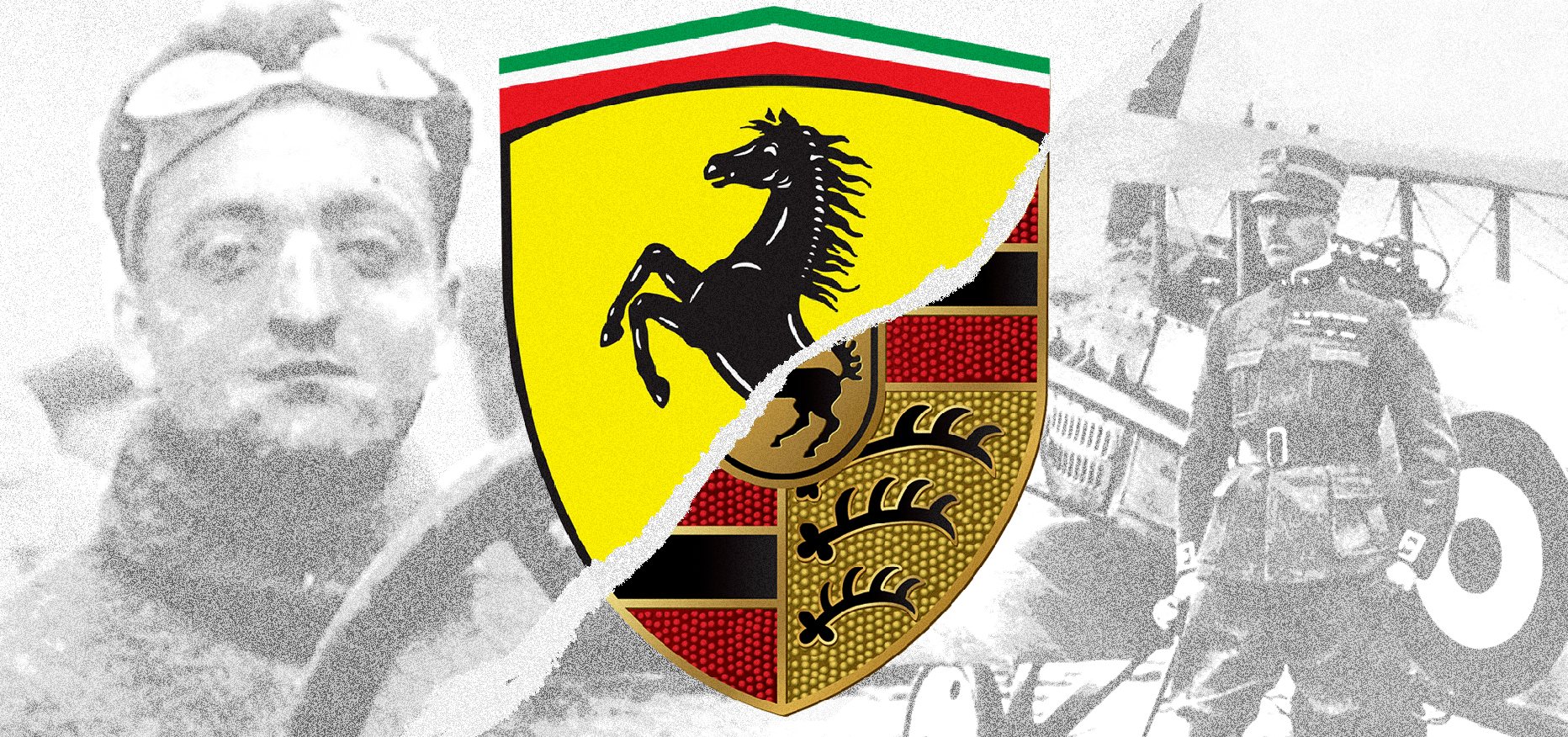
It’s safe to say that the Ferrari and Porsche names represent two of the most iconic and legendary institutions in the automotive world. Many non-car enthusiasts the world over can recognize Ferrari’s signature giallo shield bearing a prancing horse. I’d wager that a roughly equal amount of them could identify the Porsche crest, forever emblazoned with the letters ‘STUTTGART’ and a prancing horse of its own. The two symbols are in no way connected, but over the years an apocryphal story has appeared, tying them together in a convincing (but ahistorical) way.
A National Treasure, Killed in Action
Our story begins with a shred of truth relating to World War I. The year is 1918 and Enzo Ferrari is serving in Italy’s national army as part of the 3rd Mountain Artillery Regiment. Ferrari is trained for combat in alpine terrain and serves until he’s discharged for contracting a serious case of influenza. The same year, 1918, would also see the death of Italian flying ace, Francesco Baracca. Baracca was an Italian national hero in World War I, totaling 34 victories in aerial combat by the time he was shot down over Montello, in northern Italy. Every paisano worth their salt was familiar with Baracca’s heroism during the war, and he quickly became a symbol of Italian pride and perseverance, particularly among daring pilots.
Flying in combat zones wasn’t always so dangerous, though. When planes were first used in warfare, their primary purpose was reconnaissance. Early pilots from opposing sides of a given conflict had respect for one another, and it was common for them to exchange friendly waves when they encountered each other. Eventually, pilots began to prepare for their missions by carrying pistols for use at close range, or loading their planes with a brick or two. (Biplanes had canvas wings which were easily punctured by a well-placed brick, dropped from an enemy aircraft above). Though aerial combat had become more widespread and dangerous by Baracca’s time, perhaps a vestige of those early, more respectful days was thought to have lived on in Francesco. It was this kind of respect that he allegedly held for other pilots which lead to this false narrative connecting him to two of history’s most famous automotive badges.
The Alleged Stuttgart Connection
Baracca was first a cavalier in the Italian army. That is, until he was restationed from Rome to central Italy where he learned to fly. By 1914, Francesco was flying biplanes over combat zones in Northern Italy and central Europe. Over the next three years, Francesco became a flying ace and had even personally won Italy its first-ever victory in the air.
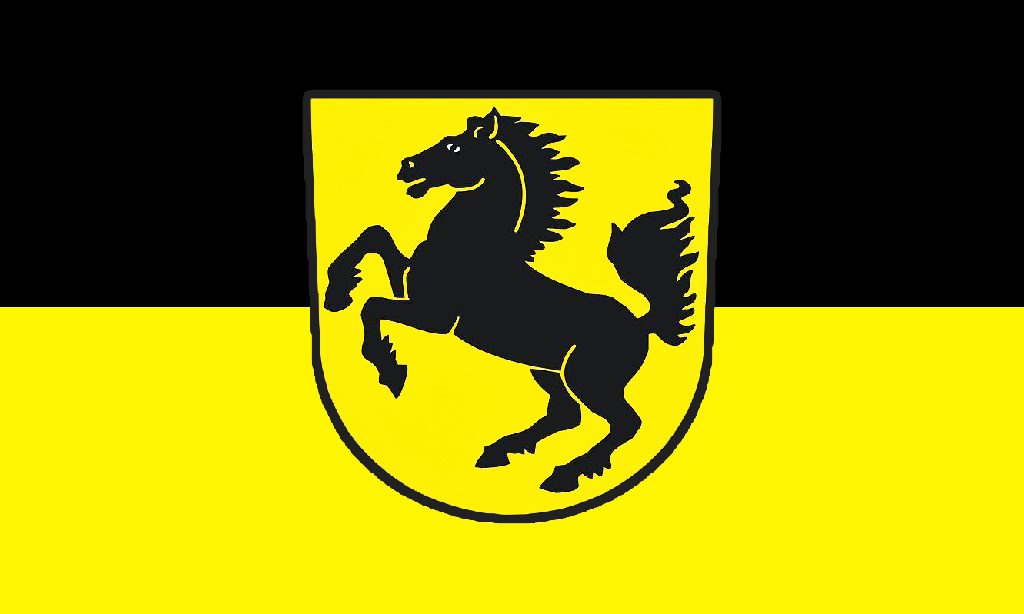
As the conflict of the day was World War I, Francesco’s engagements frequently pitted him against German biplanes. It was in one such engagement where Baracca allegedly spotted a downed German aircraft bearing a large symbol painted on the fuselage. The image depicted the crest of the city of Stuttgart--an impressive profile of a black horse, rearing up on its hind legs. (Porsche uses this same symbol in the center of their badge, as they are headquartered in Stuttgart.) Painted symbols that hold personal, familial, or regional significance were commonly seen on warplanes at the time, and it’s likely that the Stuttgart crest was used as such by a few Germans in World War I.
According to the story that’s been passed around, it was out of admiration for his formidable, Kaiser-defending foes that Baracca decided to paint the symbol onto his own plane--a black horse, rearing up on its hind legs--a tribute of some kind, to other brave airmen. After Baracca's death, his close friend Enzo Ferrari would adopt the horse--the symbol of Stuttgart--as the Ferrari company logo. If this were true, then the Porsche and Ferrari logos would depict the same horse. But this story is false.
Setting this (Pedantic) Record Straight
Enzo Ferrari and Francesco Baracca were not close friends. In fact, they never met each other. Moreover, the origin of the Ferrari emblem is certainly not connected to a necklace which Baracca's mother is said to have given to Enzo. (I have no idea where that idea came from, but it’s completely made-up and sits without citation on Enzo’s Wikipedia page as I write this). I was unable to find an accurate retelling of the story explaining the origin of Francesco’s symbol, which Ferrari would go on to adopt. That is, until I discovered that there is a museum dedicated to Baracca in Italy: the Museo Francesco Baracca. According to the museum, the symbol comes not from Stuttgart's crest, but from Francesco’s time learning to be a cavalier.
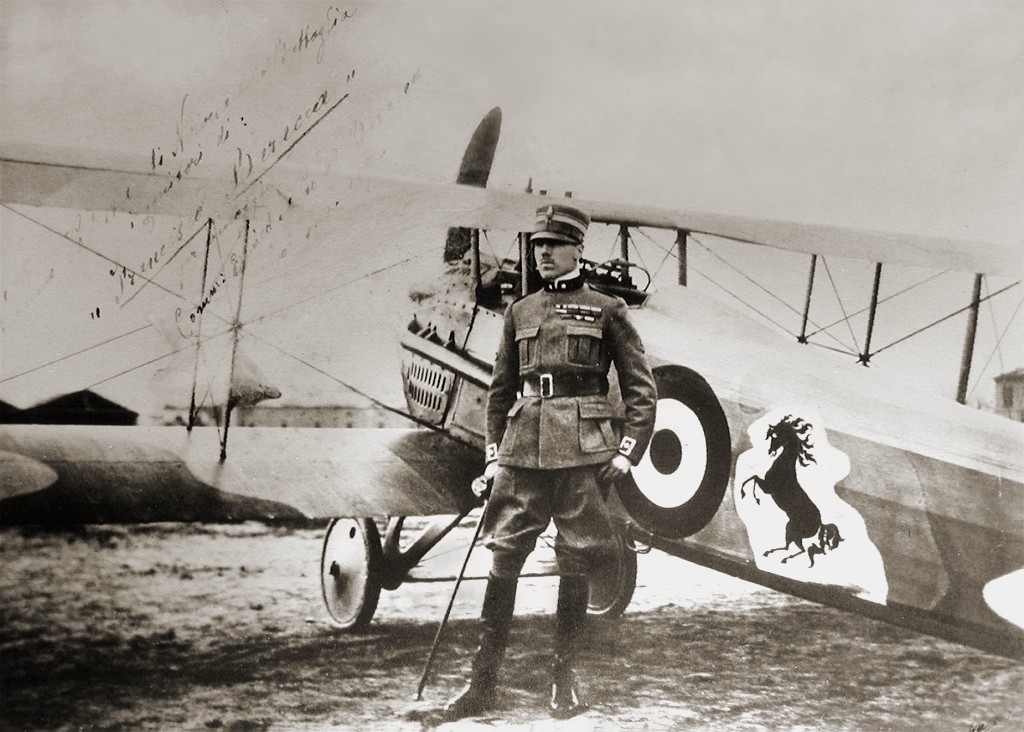
Francesco was trained to be a cavalier at Italy’s top cavalry school, in Pinerolo. He eventually became a member of one of Italy’s most revered mounted fighting regiments, the 2nd Piedmonte Reale (motto: The Bold and the Beautiful). Following his reassignment to a small town in the middle of the country, Francesco became interested in flying and was trained to be an airman of the 91st Air Squadron.
Like other warplanes, Francesco’s aircraft would be painted with a good luck symbol. Paying homage to his famed regiment and his love of all things equestrian, Francesco decided to adopt an icon of the 2nd Piedmonte Reale as his own. The regiment’s crest depicted a silver prancing horse, rearing against a field of red. For its use on the fuselage of his aircraft, Baracca modified the colors--a black horse would be used instead, as it would stand out against the backdrop of his giallo plane.
With this official explanation, it’s clear that Ferdinand Porsche’s countrymen had nothing to do with the selection of Francesco Baracca’s symbol. Any resemblance between Baracca’s symbol and the Stuttgart crest is a sheer coincidence. But, how did Baracca's horse end up on a Ferrari?
Ferrari, Entrusted with an Icon
Five years after the death of Baracca, Enzo Ferrari is driving race cars for Alfa Romeo. In Ravenna, Italy at the 1923 Grand Prix of Savio Circuit, Ferrari takes first place, completing 6 laps around the 27 milelong street circuit. At the awards ceremony, Enzo meets Count Enrico Baracca, Francesco’s father. The Count admired Ferrari’s performance and bravery as a driver, as did Francesco’s mother, Countess Paolina. It would be the next meeting, between Enzo Ferrari and the Countess, that would have a lasting impact on the Ferrari we know and love today.
In a conversation with the late fighter pilot’s mother, Ferrari is instructed to use Francesco’s symbol on his cars. Painting her son’s prancing horse onto the car “will bring you good luck,” the Countess tells Ferrari. (Can you imagine Dale Earnhardt’s mom asking you to race with a ‘3’ on your car?)
Honored to receive the blessing of Countess Paolina, and a photo of Francesco from the family collection, Ferrari decides to use the horse. Ferrari creates his own rendition, just as Francesco did, placing his horse on a shield of canary giallo. This was done to honor the color of Ferrari’s hometown, Modena, Italy. He also adds an ‘S’ and an ‘F’ on either side of the horse, standing for Scuderia Ferrari. (Scuderia means horse-stable in Italian. Adorned with a horse logo, I guess Ferrari figured his race cars were practically like race horses in a stable).
Whether Ferrari knew it or not, the design was strikingly similar to the Stuttgart city crest. Nobody mentioned this resemblance at the new logo’s first appearance, which was at the 1932 24 Hours of Spa Francorchamps on Ferrari’s Alfa Romeos. The Alfas took first and second place, cementing the cavallino’s provenance among legends on land and in the air.
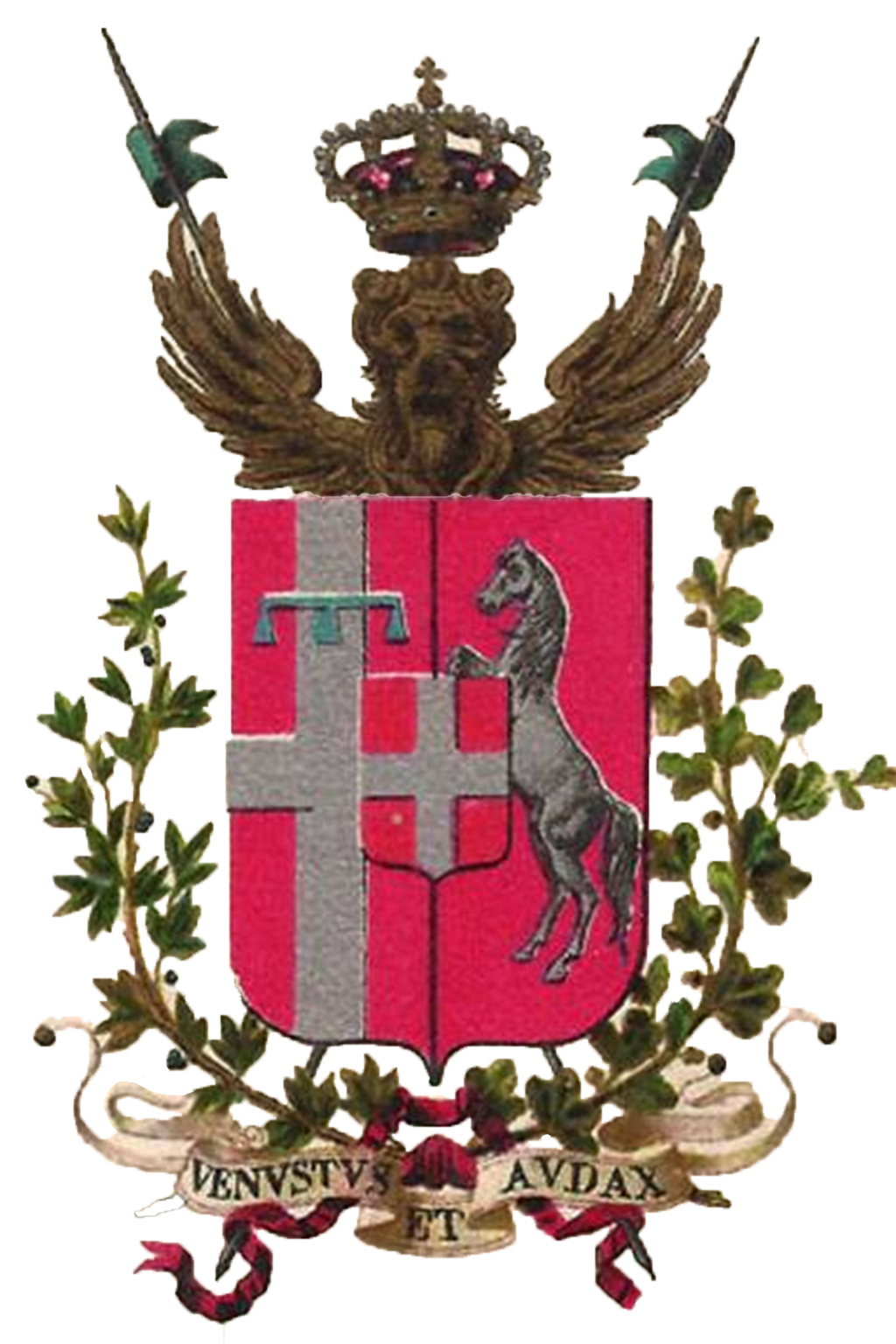 &
&
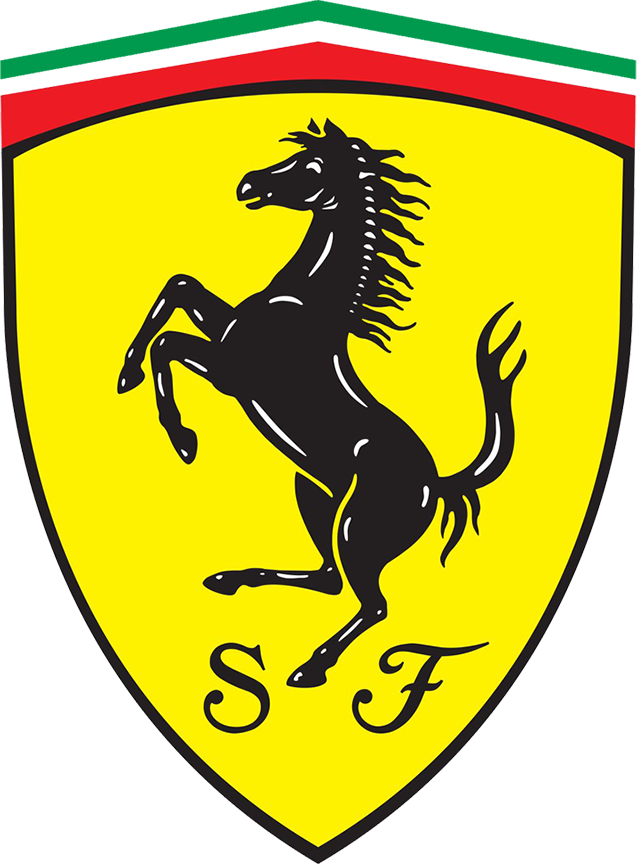 ≠
≠
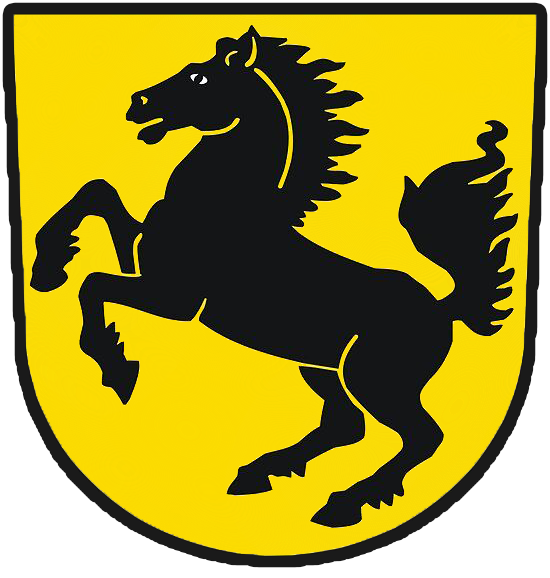 &
&
